St Peter's, Lowick: A 'hidden masterpiece' of a church that boasts one of the finest alabaster tombs in England
We delve into the archives to take a look at St Peter's Church in Lowick, Northamptonshire.
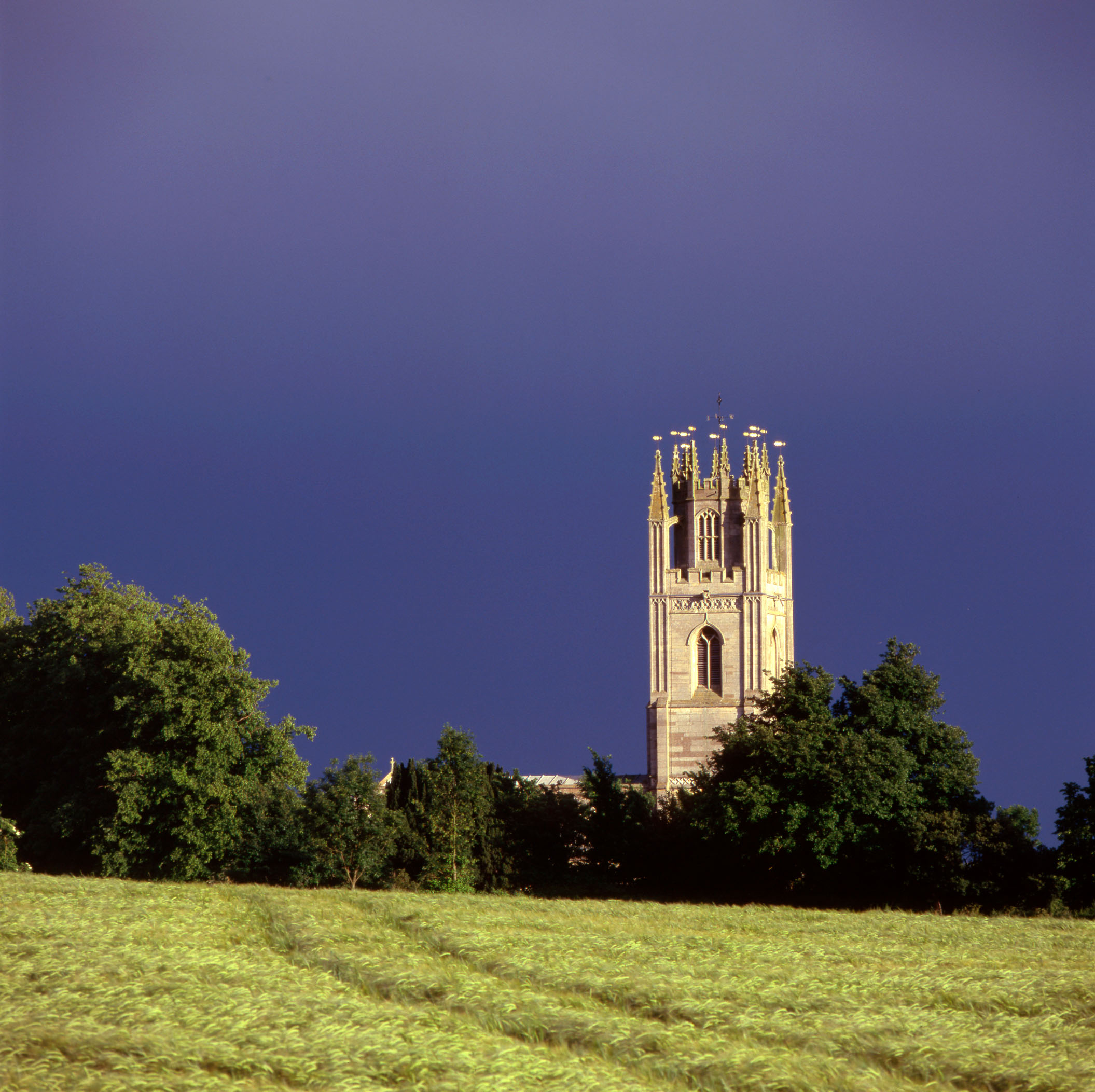

Every Thursday we look back into Country Life's architecture archives. Today it's a piece from 1998 written by Simon Jenkins, part of a series (which is also a book) called 'England's Thousand Best Churches'.
Lowick church is a hidden masterpiece of English Perpendicular. Its village lies of the beaten track south of Oundle. The church was built by the Greene family, of the adjacent Drayton House.
From the south east, we are presented with a lavish , 15th-century façade with panel tracery in the large windows, the effect spoilt only by gargantuan buttresses.
The chancel and north chapel have shallow battlements. Inside, a huge coat of arms adorns the chancel arch and a Victorian screen bars the transeptal chapel. The sedilia, with lovely ogee arches, must have been taken from an earlier church. But these are preliminaries to Lowick's treasures: medieval glass and monuments.
The glass runs along the upper half of the north aisle, an orderly progression of vivid colour. The narrative is of the Tree of Jesse, showing the Old Testament origins of Jesus.
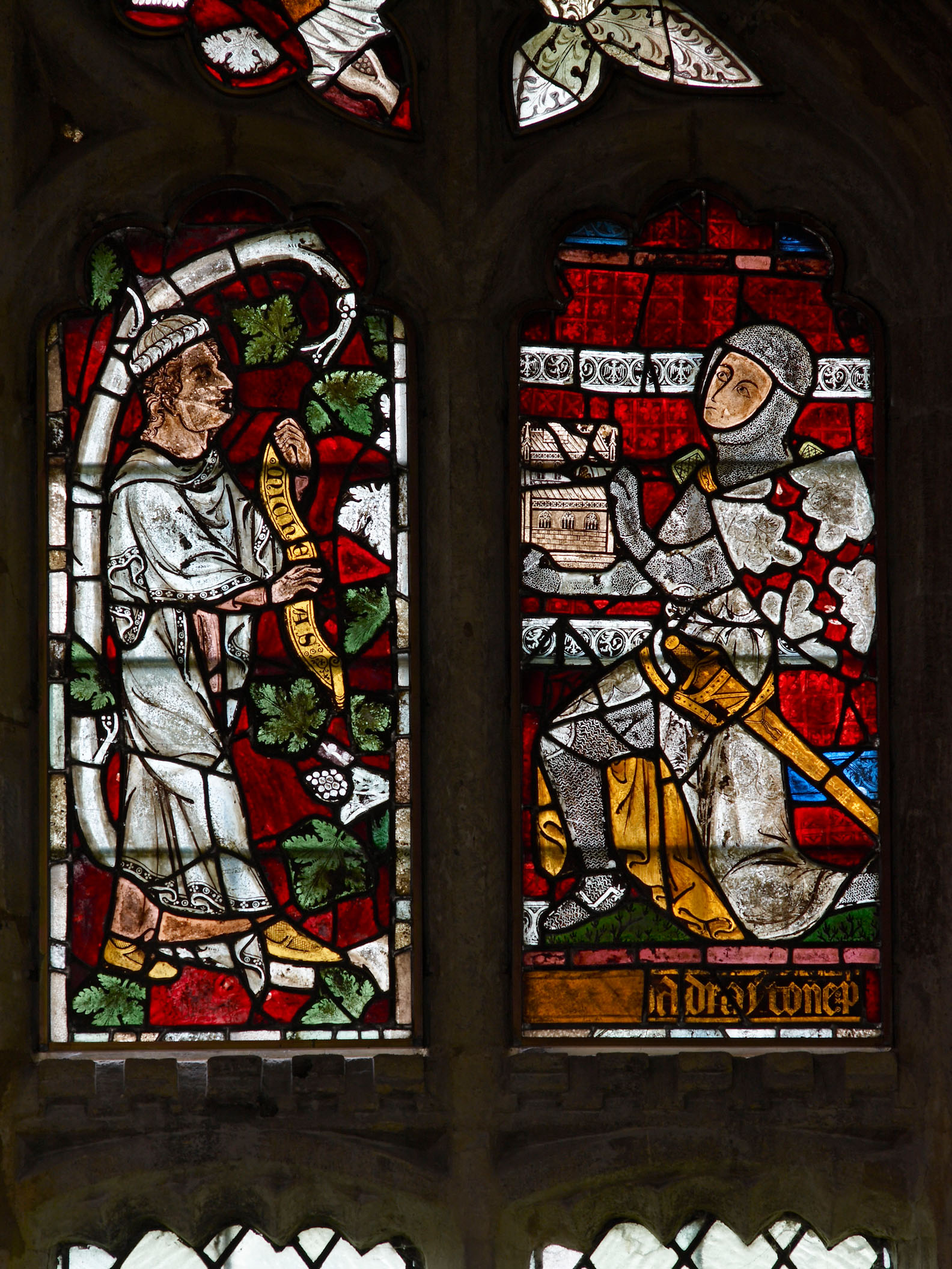
In the right-hand window is a knight holding a church, presumably an early donor. The windows date from the 1320s and were, like the sedilia, reset in the Greenes' new church.
The monuments form a contrast between medieval serenity and Georgian bombast. In the north-east chapel we find Lady Mordaunt (d.1705) with her second husband, Sir John Germain. Between the chapel and the nave lie Ralph Greene (d.1417) and his wife. This is one of the finest alabaster tombs in England and the only one for which a contract survives, between Greene's wife and two Derbyshire carvers named Prentys and Sutton.
Sign up for the Country Life Newsletter
Exquisite houses, the beauty of Nature, and how to get the most from your life, straight to your inbox.
In the south chapel lies a monument to Edward, Earl of Wiltshire (d.1499) who was a Greene grandson. T he knight wears a Lancastrian 'SS' collar. Opposite is a Westmacott monument of 1843 to the Duke of Dorset. A white tombchest carries his cloak, shield and coronet, with an angel holding a text. The title became extinct with his death, so perhaps the iconography is appropriate.
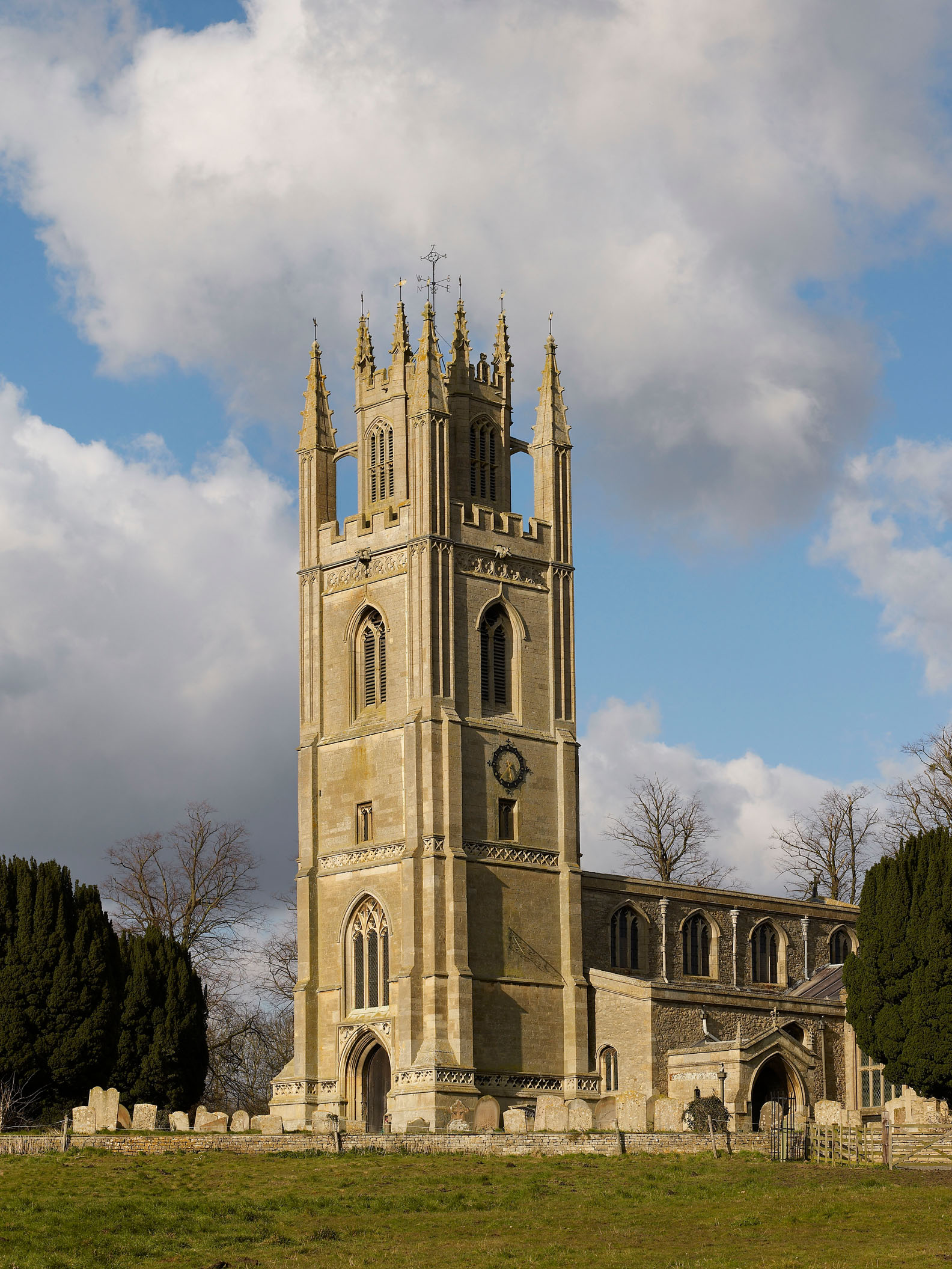
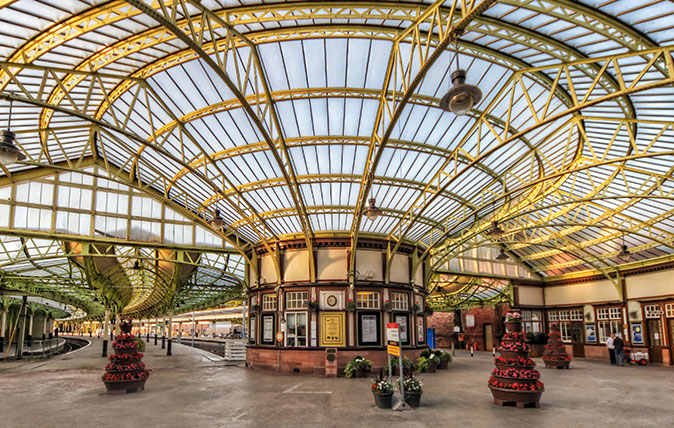
Britain's 100 best Railway Stations: Simon Jenkins on the gateways to our railways
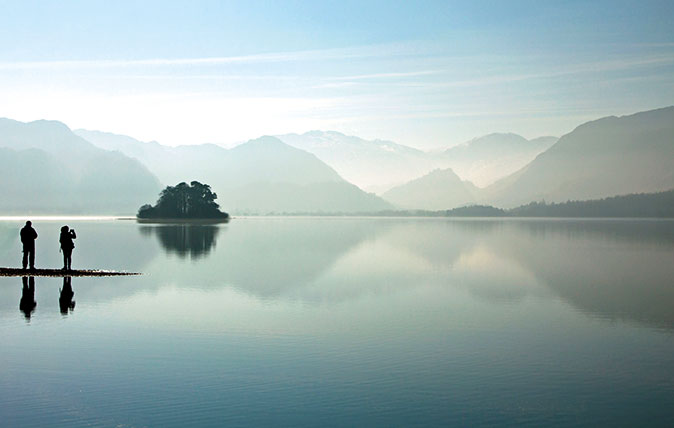
Simon Jenkins: The new British countryside is being not planned, but plonked
Country Life is unlike any other magazine: the only glossy weekly on the newsstand and the only magazine that has been guest-edited by HRH The King not once, but twice. It is a celebration of modern rural life and all its diverse joys and pleasures — that was first published in Queen Victoria's Diamond Jubilee year. Our eclectic mixture of witty and informative content — from the most up-to-date property news and commentary and a coveted glimpse inside some of the UK's best houses and gardens, to gardening, the arts and interior design, written by experts in their field — still cannot be found in print or online, anywhere else.
-
 380 acres and 90 bedrooms on the £25m private island being sold by one of Britain's top music producers
380 acres and 90 bedrooms on the £25m private island being sold by one of Britain's top music producersStormzy, Rihanna and the Rolling Stones are just a part of the story at Osea Island, a dot on the map in the seas off Essex.
By Lotte Brundle
-
 'A delicious chance to step back in time and bask in the best of Britain': An insider's guide to The Season
'A delicious chance to step back in time and bask in the best of Britain': An insider's guide to The SeasonHere's how to navigate this summer's top events in style, from those who know best.
By Madeleine Silver